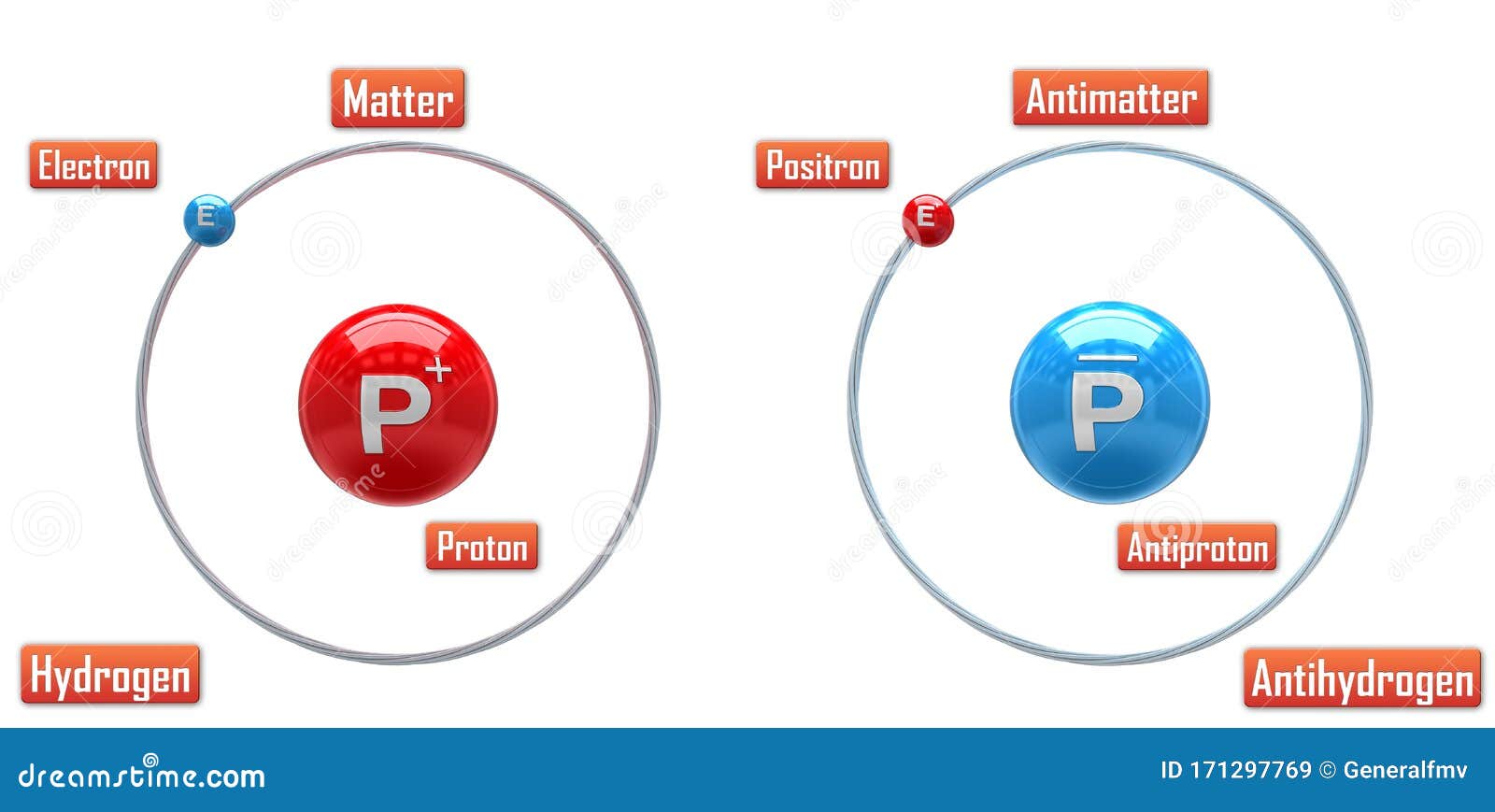

That’s because the Hubble constant has been calculated using two different methods that yield irreconcilable results. Our universe is expanding, but the rate of the universe’s expansion, called the Hubble constant (H 0), is the subject of one of the biggest disputes in modern cosmology. However, many physicists suspect that this anomaly will remain, and if it does, it may have a natural solution through dark matter. Of course, there are also explanations that don’t have any direct connections to dark matter, and the anomaly could even disappear as the calculations get more precise.Īs the Muon g-2 collaboration continues to take measurements and theorists continue their own calculations, it’s possible that the theoretical and experimental values of g-2 will converge. If theorists add the influence of virtual neutralinos into the mix, it could alter their prediction in a way that lines up with experimental results. Specifically, Feng mentions the neutralino, a dark matter candidate that is predicted by Supersymmetry.
ANTIMATTER VS DARK MATTER HOW TO
“It turns out, there are some beautiful ideas on how to rectify this problem that also very naturally solve the dark matter problem,” says Jonathan Feng, professor at the University of California, Irvine, who first drew this connection in a paper with Konstantin Matchev a few days after the original 2001 announcement. If the experimental measurements and theorists’ predictions hold, it could be that the predictions are missing a particle.

To understand the wobble of the muon, theorists have made complicated calculations registering the effects of all of the possible fluctuations that could occur. A muon can momentarily emit and reabsorb virtual versions of other fundamental particles, an action called a quantum fluctuation. Scientists know that the behavior of fundamental particles such as the muon are influenced by other subatomic characters. The problem is that both results seem to differ greatly from what the Standard Model predicts. Earlier this year, Fermilab’s Muon g-2 collaboration announced a measurement of the amount a muon “wobbles” in a magnetic field, upholding a 2001 result. The muon (the electron’s heavier cousin) acts strangely in a magnetic field. For example, the following anomalies, found in non–dark-matter experiments, may help shed light on this otherwise-dark part of the universe.

But it’s not just direct searches that could point us in the right direction. We know something is responsible for the clumping of galaxies and the movements of stars, but we have never observed it directly.Įxperiments around the world have been designed exclusively to search for this mysterious substance. We know very little about it even though it is ubiquitous. We call it dark matter-not just because it is impossible to see, but because it’s figuratively opaque. Any one of them could be a sign of the existence of dark matter-a mysterious substance that makes up about 85% of matter in our universe. What’s interesting about some recent anomalies is that they each have the potential to be explained by the influence of an undiscovered particle or force. But sometimes they stay put and demand to be understood. Sometimes they disappear with more rigorous measurement. Sometimes results like these can be explained by faulty equipment. Several such anomalies have shown up in recent years in particle physics and astrophysics. It’s satisfying when a prediction is shown to be correct, but it’s intriguing when an experiment turns up a result that deviates from expectations.


 0 kommentar(er)
0 kommentar(er)
